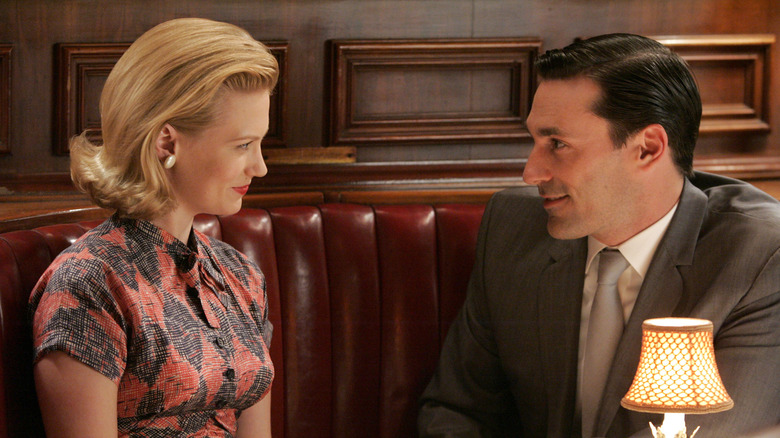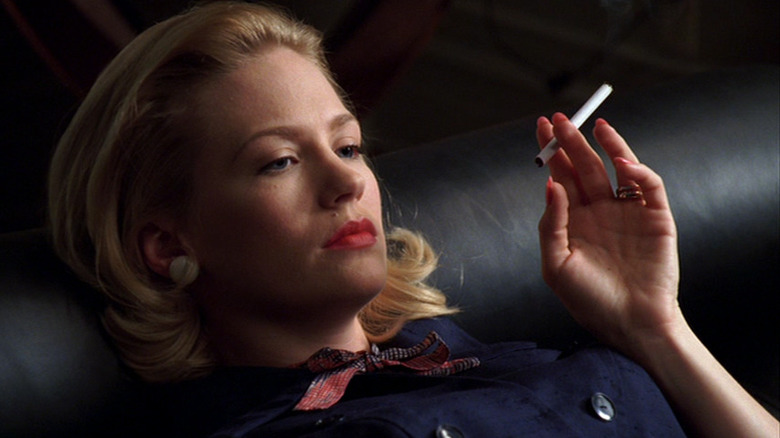
As a die-hard “Mad Men” fan, I would argue there is no “worst episode.” Although, if you’re going to rank each episode, something has to have the lowest score — even if it’s not particularly low. On IMDb, just like with movies or entire television series, you can rate individual episodes on a scale of 1-10, and the ratings are then aggregated, with the overall score based on the median. Taking all the scores for every episode, the lowest-rated episode of “Mad Men” ends up being “Ladies Room,” which is only the second episode of the first season, receiving a 7.5 rating based on 4.3K votes.
I’m surprised it’s not an episode from one of the later seasons, especially season six where Don Draper’s “Dante’s Inferno”-like hell of repeating bad habits becomes somewhat tedious to watch. What, exactly, disconnects viewers from “Ladies Room”? Perhaps it seems underwhelming after following up on one of the best pilots of all time, “Smoke Gets in Your Eyes,” which introduced us to the handsome, discerning ad man Don Draper. There’s one unforgettable moment after another, from Don summing consumerism and advertising as a balm for happiness to the gobsmacking ending when he returns home from boozing, smoking, and West Village trysts to his doting wife and sleeping children. Still, there’s a lot of merit to “Ladies Room” — especially for a second episode — that makes its ‘worst episode’ label seem too harsh.
Lays a great foundation for the feminist themes
“Some television shows struggle to craft an identity in their initial season, but ‘Mad Men’ knew what it wanted to be in its first episode,” /Film writer Liam Gaughan shrewdly observes in his season ranking, and we can say the same about “Ladies Room.” The episode immediately establishes “Mad Men” as a novelistic slow-burn that you must pay close attention to, one that is interested in studying the psychological nuts and bolts of its characters. “Ladies Room” is not as dramatically enthralling as some of the future episodes, but the little details we discover are important and will blossom in later episodes.
“Ladies Room” sets up Don’s secrecy as he avoids questions about his childhood, but mainly establishes that the female characters are just as important to the narrative. “Mad Men” will be equally concerned with how they navigate a patriarchal world. Peggy must navigate the minefields of her lecherous co-workers, their incessant advances slowly chipping away at her naiveté. The scenes where Betty attends psychoanalysis are a bit lengthy, but they help articulate her suburban ennui and jealousy of the recently divorced Helen’s freedom and a stronger sense of self. Yet, this confessional isn’t even a safe space for her thoughts and emotions, as the final scene reveals that her psychiatrist discusses her sessions with Don over the phone.
One odd element of “Ladies Room” is that it ends with the modern song “Beautiful Mine” by RJD2, which sounds like an electronic lullaby. This could indicate how Don often views her with childlike innocence, expecting her to be nothing but a happy housewife. While “Ladies Room” didn’t make my list of the best “Mad Men” episodes, it’s still a very solid one that doesn’t deserve the “worst episode” label.



Leave a Reply